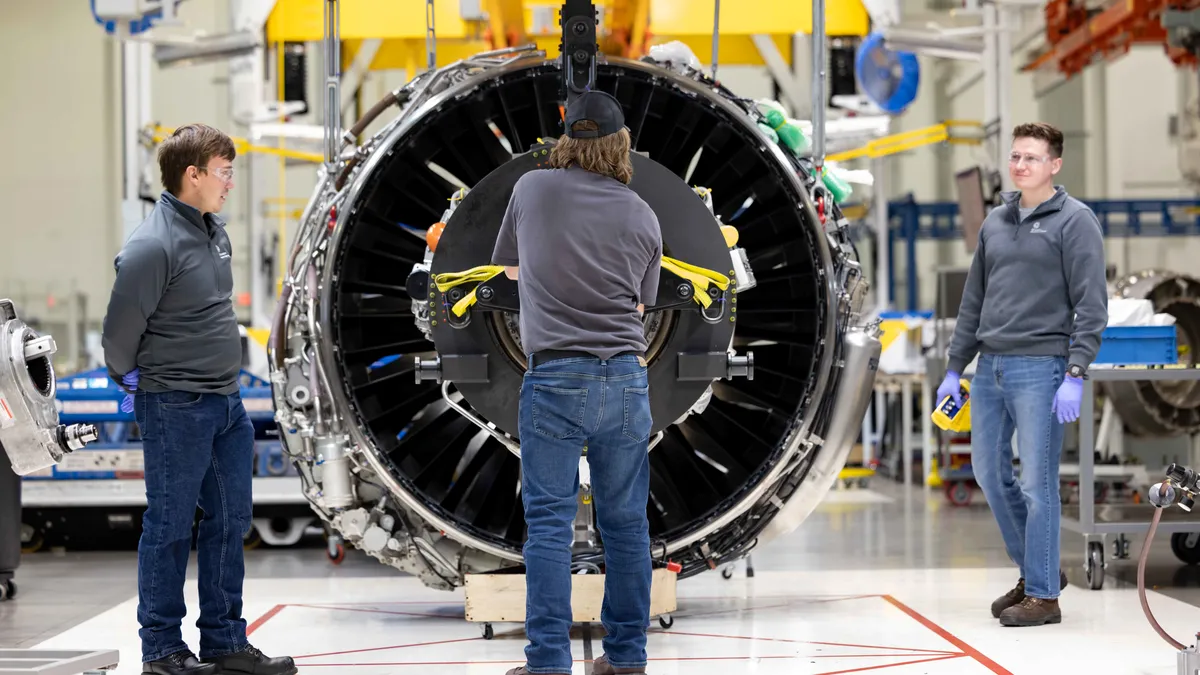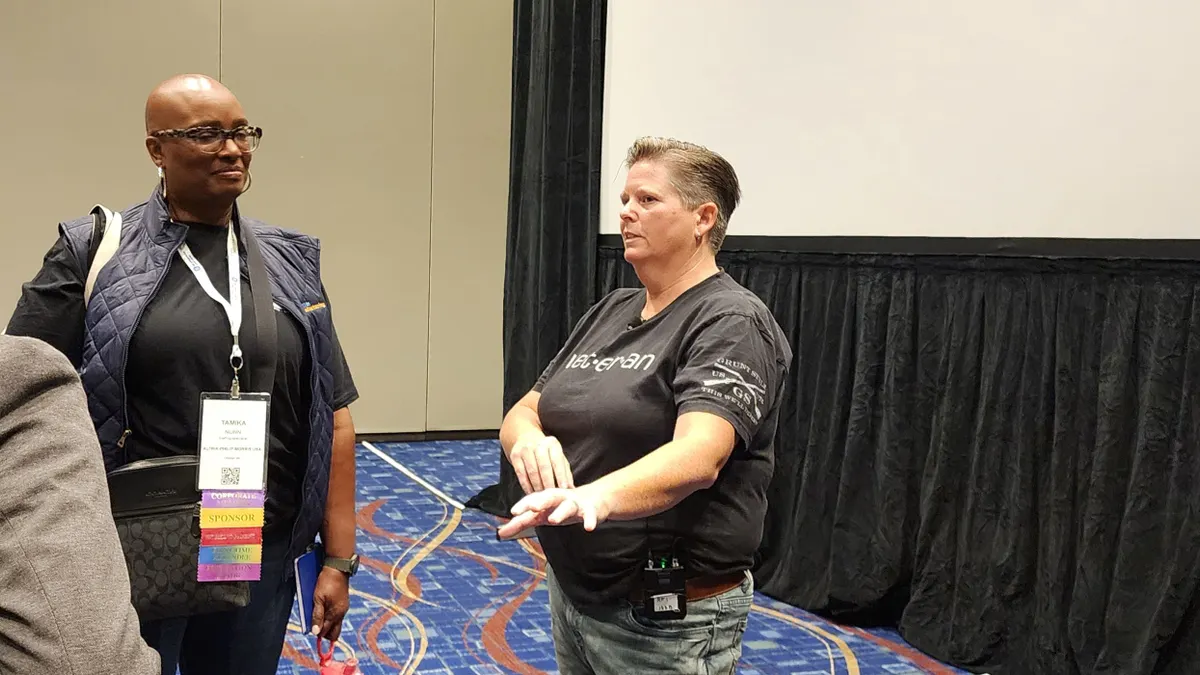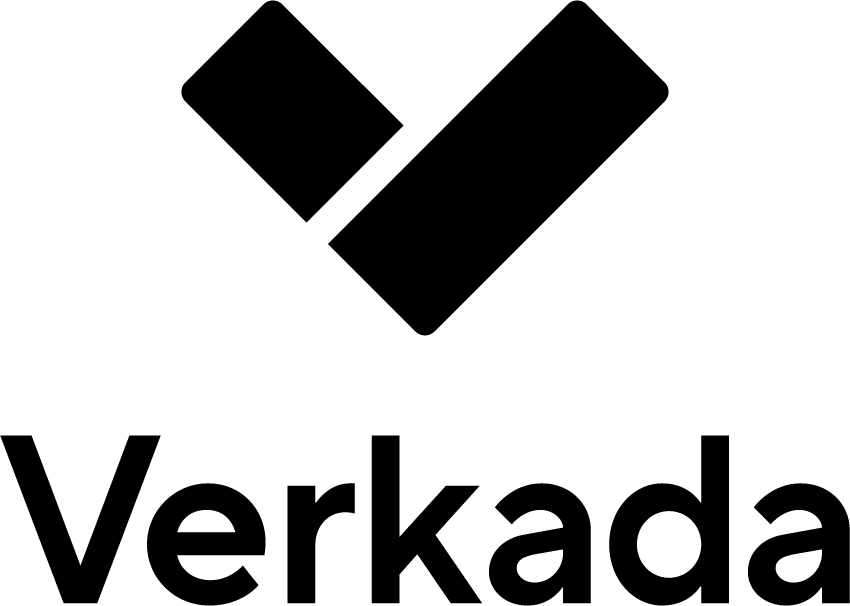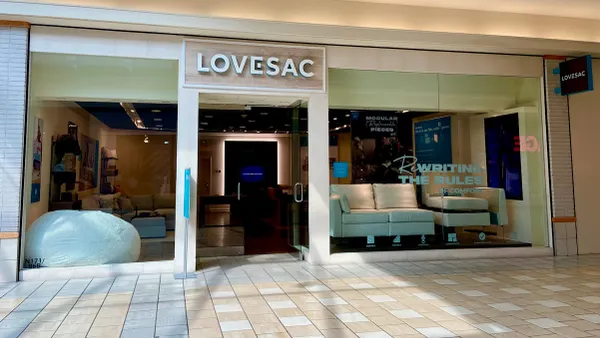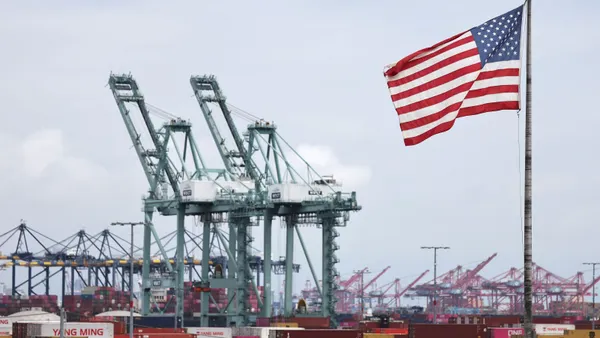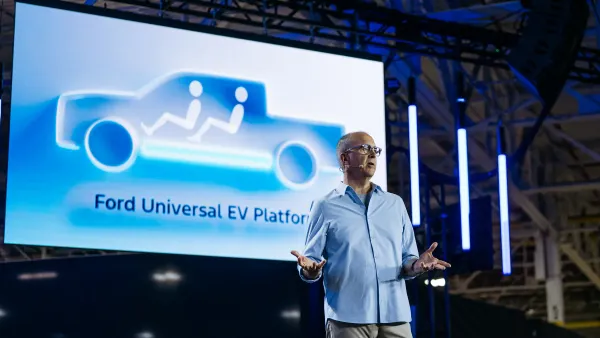It’s no secret that tariffs are hitting numerous manufacturing industries as the levies drive up domestic prices and decrease demand.
Up until President Donald Trump imposed various tariffs in recent months, the aerospace industry had been duty-free for over 45 years due to the World Trade Organization's Agreement on Trade in Civil Aircraft, signed by 33 countries, including the U.S., Mexico, Canada, the European Union and China.
The trade agreement eliminates tariffs on all aircraft and their components in an effort to promote competition. As a result of the WTO agreement, the U.S. aerospace industry sees a trade surplus of nearly $75 billion, with exports exceeding $135 million, according to an Aerospace Industries Association May 1 press release.
While some companies will still use this regulation and other trade policies, the aerospace sector is not totally immune to tariffs.
“Like many companies in the industry, our supply chain and customer base are global, and we import raw materials, parts and modules from around the world,” RTX President and CEO Chris Calio said in an April 22 earnings call. “In light of this, we would be impacted if the current environment were to stay in place, because not all regulatory and operational mitigations would address our tariff exposure.”
Although many aerospace companies are not yet adjusting their financial outlooks for the year, they are evaluating and implementing strategies to alleviate the tariff effects if they remain. If there are no changes, these manufacturers could incur hundreds of millions in duty costs in 2025.
RTX
RTX expects to incur $850 million in tariff impacts, according to the company’s Q1 2025 presentation.
The aerospace and defense component maker said in its securities filing that it’s pursuing various actions to alleviate the potential levy hit, including using available exemptions and exclusions under the trade policies, assessing its operations and increasing prices on some of its goods and services.
RTX has also been investing in its U.S. operations, spending nearly $10 billion over the past five years with plans to spend another $2 billion to further increase its manufacturing footprint and capabilities, Calio said on the earnings call.
In the first quarter, the company began constructing a $285 million expansion of its subsidiary Pratt & Whitney’s turbine airfoil manufacturing plant in Asheville, North Carolina, Calio said. It also completed a $60 million effector facility expansion in the first quarter in Tucson, Arizona.
GE Aerospace
GE Aerospace expects to see $500 million in tariff-related impacts, Chairman and CEO Larry Culp said on an April 25 earnings call.
GE Aerospace is streamlining operations such as expanding foreign trade zones, leveraging existing programs and strategies, Culp said. The company is also implementing price increases while maintaining its research and development spending and taking cost-control measures through non-production operational expenses, CFO Rahul Ghai said on the call.
GE Aerospace announced plans in March to spend nearly $1 billion on its U.S. manufacturing and supply chain in an effort to strengthen production. The Boeing engine supplier announced the same month that it plans to invest more than 78 million euros (more than $80 million) to expand manufacturing capacity and its facilities in Europe.



